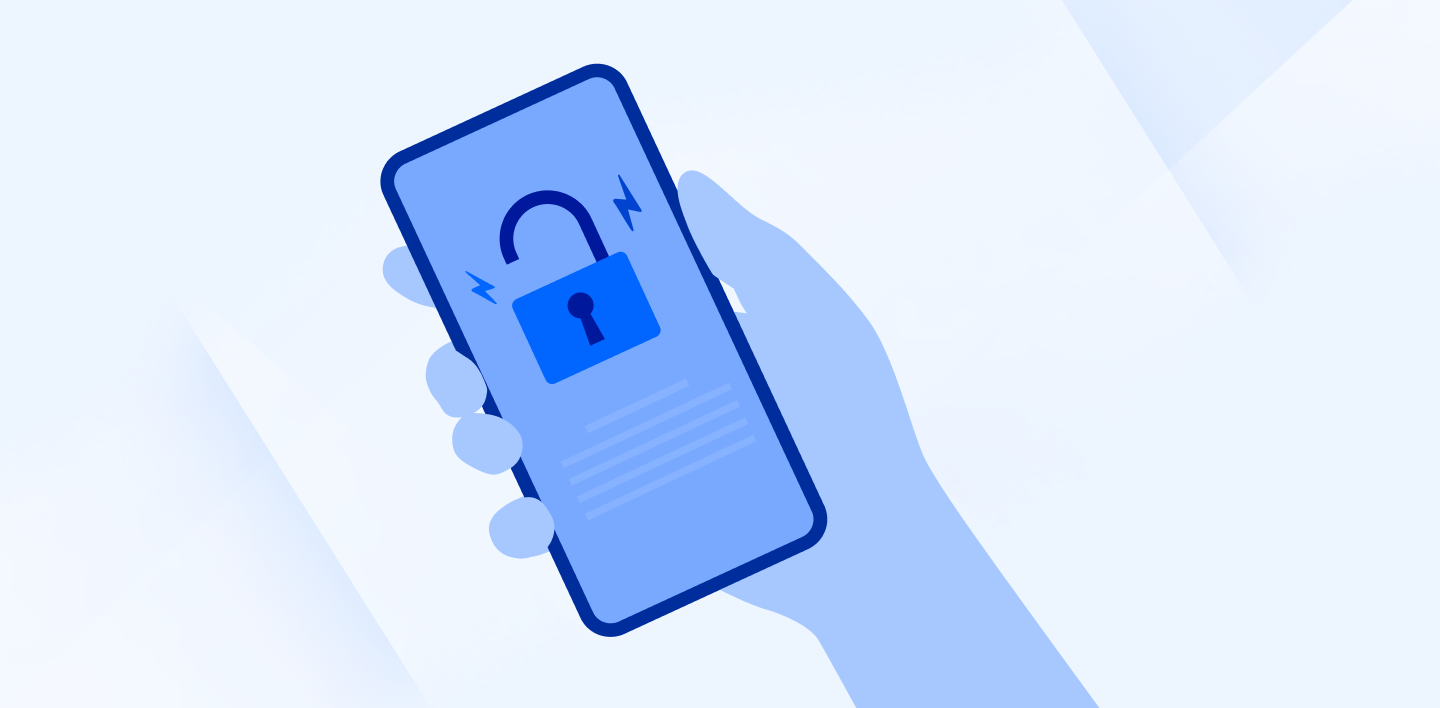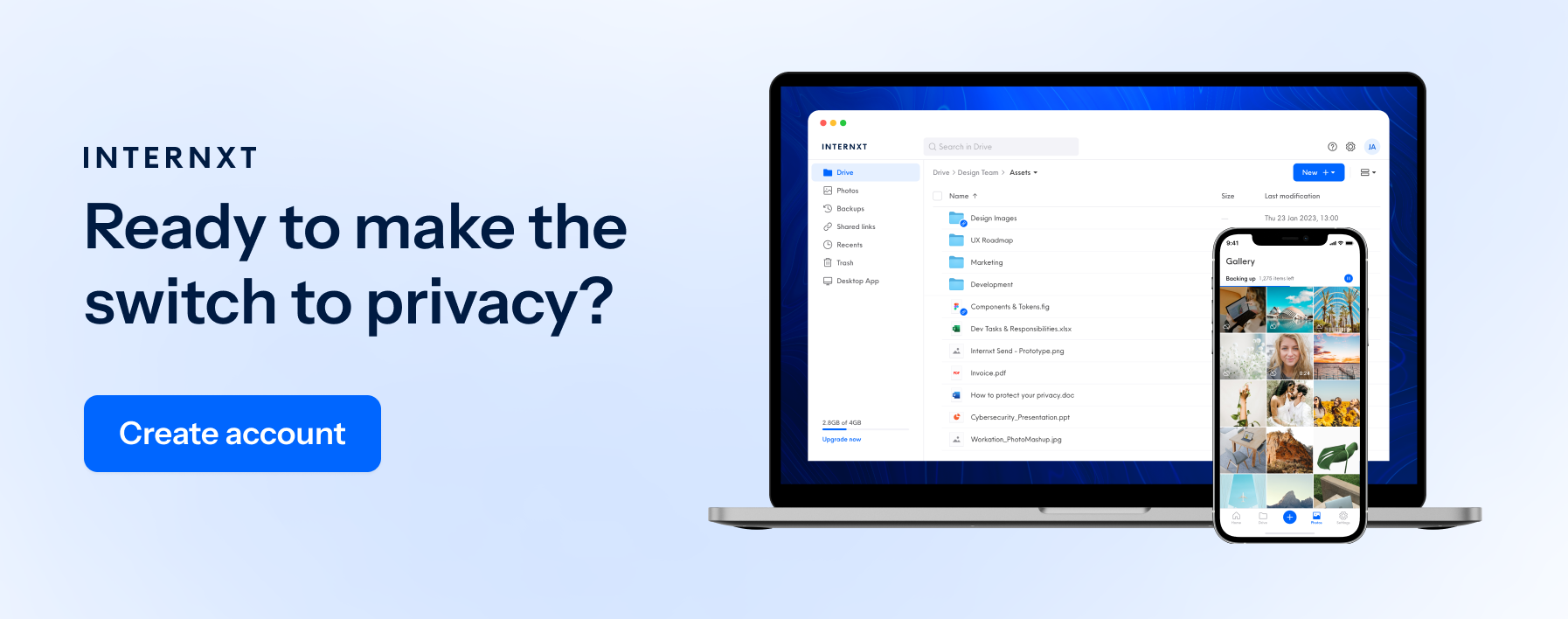5 Common Cybersecurity Mistakes You Can Easily Prevent

A comprehensive organizational strategy and robust company security policy are crucial for effective cybersecurity. A company needs to make a concerted effort to design, execute, and follow through with a plan to deal with cyber-risk management from top to bottom.
There is no one-size-fits-all strategy for the needs of enterprises in managing cyber risk. But in order to maintain strong system security in the face of constant threats, there are some core principles that every company should follow.
The five most frequent errors businesses make when safeguarding their assets against cyberattacks are listed here, along with advice on how to avoid them.
Thinking That You Can't Be a Target
Companies in almost every business, big or small, are susceptible to attacks. Theft of credit card information or other personally identifying information frequently makes the news headlines.
Because of this, businesses that don't deal with this kind of data frequently think they aren't a good target for online attackers. In truth, adversaries run extensive operations in every sphere of the economy to breach security and steal data and assets.
Since they are businesses and their products are in demand, organizations undoubtedly own valuable information. Every company needs to be aware of this and work to identify and stop the potentially catastrophic harm that cyberattacks can result in.
For example, the firm's network can be irreparably broken, making it impossible to make the salary for weeks. Customer service could be interrupted, or product websites may be taken offline, which could be a huge problem for an online retailer or service company.
Most critical technology within a firm can be hacked. Be wary because adversaries are utilizing digital attacks to destroy real things in addition to stealing data physically.
What can you do to prevent it?
Consider this risk carefully. Find certified security professionals to do assessments and testing.
This will help you reveal weaknesses across the technology, people, and procedures and help your company's leadership treat cybersecurity as a business priority.

Not Gathering Data in a Secure Way
Businesses that gather any kind of client information must adhere to strict security and compliance standards. There are substantial repercussions for both the organization and the customers concerned if sensitive data is lost in a breach.
For example, employees cannot securely acquire data without the proper administrative controls, secure connections, or compliance standards. Anything less endangers everyone involved.
What can you do to prevent security risks?
All businesses that gather user data must be aware of the security concerns. Besides, they need to understand their business's compliance and privacy laws.
Your firm may need to abide by HIPAA, GLBA, GDPR, and FERPA, among other laws, depending on your operating sector.
Businesses must carry out periodic compliance risk assessments. In addition, they must also adhere to all applicable laws and regulations. By doing this, you can guarantee the security of sensitive information.
Online forms containing data must employ the appropriate authentication, encryption, and integrity standards to maximize security.
It's best to adhere to the principle of least privilege when collecting data via online forms. You can utilize admin controls to restrict user access to those who need the data or have permission to update it.
End-to-end encryption is also essential to guarantee that data is secure as it moves between web forms and other systems.
Considering Security to Be Merely an IT Problem
A comprehensive approach must have a thorough strategy, policy, and procedure. Everyone in the firm, especially the C-suite, owns the data and is responsible for safeguarding the company's most valuable assets, even though the CIO or CISO may ultimately be the "accountable executive."
Companies must prioritize:
- Safeguarding intellectual property
- Trade secrets
- Research and innovation
- Personally identifiable information (PII)
Having clear policies and practices in place can enable businesses and their workers to respond as effectively as possible to cybersecurity assaults. This can impact an organization's bottom line, financial situation, reputation, and operations.
What steps can you take?
All employees and staff should be regularly informed of the company risk posed by the cyber vector.
Business executives do not need to be technical experts. They need to be aware of threats well enough to contribute to creating acceptable cyber-response plans and allocating adequate resources to implement these plans.
Training, education, and simulations teach the entire organization how to recognize dangers and prevent and recover from attacks. Your team can prepare this in-house using your own copywriter or trainer and an online photo editing tool to create comprehensive educational materials or make use of a coaching invoice template in such cases.
Use these assets and encourage your staff to learn more about preventing cybersecurity attacks.

Waiting Too Long to Update Your Software
Software updates are frequently annoying. The time it takes for your IT personnel to distribute packages to every workstation on your network could reduce productivity. You could also need to teach staff employees to use the new version, depending on how extensive the update was.
You must adhere to a schedule that protects your network despite the difficulties of updating software.
Hackers invest a lot of time looking for security flaws that allow them access to networks and accounts. Executing an attack against a known vulnerability doesn't require much knowledge or experience. Dark Web sites and forums make it easy for cybercriminals to swap information and even coordinate massive operations.
What should you do?
When software developers become aware of vulnerabilities, they will begin to hunt for solutions to close the gap.
The patches get provided as software updates, and you put yourself in danger if you don't upgrade your program as soon as the current patch becomes available.
Criminals usually start taking advantage of the code that has been compromised way before developers can issue patches, so you're already behind. Each day matters.
You can schedule a period when all or a portion of the staff updates the software on their devices while the rest of the team enjoys a well-earned break.
To ensure the software is current, you can enable automatic updates. If in doubt, you can use vulnerability scanning tools to weed out potential issues with your software that you may have overlooked, or been entirely unaware of, giving you total peace of mind.
Improper Employee Training
Plenty of research suggests that poorly trained or inexperienced employees can initiate a security breach at their employer without intending to do so.
In fact, human mistake continues to account for the bulk of data breaches at businesses. This typically involves an employee unintentionally divulging valuable data during a hacker attack.
Focusing only on external threats and ignoring the possibility that internal staff could create a breach is a huge mistake. Companies cannot afford to keep their staff members in the dark about cyberattacks, which are more common than ever.
According to research, companies feel exposed because:
- Employees can share data using mobile devices (47%)
- Sensitive data-containing mobile devices could be lost by employees (46%)
- Employees might improperly use IT resources (44%)
Your non-technical staff members represent a massive vulnerability that fraudsters can exploit. Teach them the value of cybersecurity, how to spot dangers, and how to be as secure as possible.
Efficient employee cybersecurity training needs to include subjects like:
- Logging out before leaving work
- Selecting secure passwords
- Reporting questionable phone calls and emails
- Encrypting data before saving it to a device or cloud storage
- Observing IT guidelines to steer clear of risky websites, apps, and services
How can you avoid employee vulnerabilities?
Insider assaults can occasionally result from an employee's evil intent, but most data breaches result from ignorance. Better knowledge and regular cybersecurity training by a cybersecurity service provider can reduce some dangers, but not all of them.
Indeed, risk can be reduced through simulations. Through a culture of knowledge and education, all employees should be motivated to adopt a firm stance on cybersecurity.
Make sure to keep your employees updated on new trends and risks throughout your company's cybersecurity awareness training. Employees will be more likely to remember this crucial information if your training sessions are brief, frequent, and engaging.

Don't Neglect Cybersecurity
Cybersecurity does not take place in isolation.
The solutions are connected in the same way that the dangers are. A comprehensive top-to-bottom strategy is the best chance for businesses to raise the bar for security and deter criminal activity, regardless of whether you have a large e-commerce store or manage a restaurant, should be followed.
Tools and strategies for cyber protection cannot be static. They need to undergo regular testing, improvement, and evaluation.
This guide will arm your firm with all the cybersecurity information necessary to collect data securely and legally.

